What is Tinplate?
Tinplate is a type of steel sheet, thinly coated with tin, that combines the strength and formability of steel with the corrosion resistance of tin. The thin tin layer provides protection against rust and makes tinplate an ideal material for packaging, particularly for food and beverages, as it doesn't affect the flavor or composition of the contents. This material is highly valued by various industries due to its durability, malleability, and non-toxic nature.
Manufacturers, packaging companies, and metalworkers are among the primary users of tinplate. These entities capitalize on the material's properties to create containers for food preservation, beverage cans, and various other consumer goods. Tinplate is also environmentally friendly; it is recyclable without loss of quality, making it a sustainable choice in a world increasingly concerned with environmental impact.
The fabrication process typically involves rolling the steel into thin sheets, which are then coated with tin either by dipping the steel in molten tin or using an electrolytic process. This results in a final product that can be easily shaped and soldered, providing versatility in design and application. The protective tin layer can be applied to both sides or just one, depending on the intended use.
Types of Tinplate
The variety of tinplate available caters to a broad range of applications. Each type has unique properties and common uses:
Single Reduced Tinplate: This type is produced by rolling a steel slab to its final thickness in one pass. It's commonly used for food cans and general line products due to its good strength and formability.
Double Reduced Tinplate: More robust than single reduced, this type goes through a second cold rolling process to achieve higher thickness precision and strength. It's suitable for making ends and caps for containers as well as for applications requiring high stiffness.
Electrolytic Tinplate (ETP): Created by electroplating a thin layer of tin onto steel sheets, ETP is often used in food packaging due to its excellent corrosion resistance and non-toxicity.
Tin Free Steel (TFS): Though not technically tinplate as it lacks a tin coating, TFS is often included in this category because it serves similar purposes. Coated with chromium oxide instead of tin, TFS is frequently used for crown caps and other packaging that demands good paint adhesion.
Laminated Steel: This incorporates a polymer film on top of the tin coating to enhance both aesthetics and resistance to chemicals. It's used in decorative containers or where additional protection against aggressive contents is needed.
How to Choose Tinplate
When selecting the right tinplate for your business needs, considering the material specifications and intended use is crucial. Here are some considerations:
Hardness: The hardness level of the tinplate (ranging from T1 to T5) determines its formability. Soft grades like T1 are suitable for deep-drawing applications such as food cans, while harder grades like T5 offer more stiffness for structural components.
Grade: The base steel grade (such as MR or SPCC) affects weldability and strength. MR grade is commonly used for food cans due to its excellent corrosion resistance, while SPCC is preferred for general use where higher strength is required.
Standard: Compliance with international standards (such as AISI or JIS) ensures compatibility with global manufacturing practices and quality benchmarks.
Application and Use: Identify whether the tinplate will be used in packaging foods, beverages, industrial goods, or other products. Each category may have specific requirements concerning contamination risk and durability.
Feature: Additional features like eco-friendliness or recyclability may align with your company's sustainability goals or market demands.
By thoroughly evaluating these factors against your application requirements, you can make an informed decision that balances cost-effectiveness with performance needs.
Best Tinplate on Alibaba.com
Alibaba.com stands out as a global marketplace connecting businesses with a vast selection of tinplate options tailored to meet diverse industrial needs. Whether you're manufacturing food containers or crafting specialty packaging, Alibaba.com offers access to an extensive range of products from suppliers around the world. This wide array leads to competitive pricing while maintaining quality standards consistent with international benchmarks.
The platform simplifies global trade by offering user-friendly tools that help buyers navigate through myriad choices with ease. From various processing services like cutting or welding to specific features including eco-friendliness or recyclability - Alibaba.com provides detailed product listings enabling businesses to find exactly what they need. Moreover, with services like Trade Assurance, buyers can transact with confidence knowing that their payments are protected until order fulfillment.
Alibaba.com continues to serve small and medium-sized businesses by providing not just products but also solutions that facilitate online trade efficiently. With over two decades of experience in helping businesses grow their reach globally, Alibaba.com remains a top choice for sourcing high-quality tinplate materials in bulk or customized formats. Its commitment to fostering seamless transactions makes it an indispensable tool for companies looking to procure materials reliably and efficiently.
Common FAQs for Tinplate
What Is Tinplate Mainly Used For?
Tinplate is primarily used for packaging applications, especially for food and beverages, due to its excellent corrosion resistance and non-toxic properties. It is also used for making containers like cans, boxes, and lids.
How Does Tinplate Prevent Corrosion?
The thin layer of tin in tinplate acts as a barrier to protect the steel from corrosion. This is particularly beneficial for packaging food and drinks, as it helps to maintain the product's integrity and extends its shelf life.
Can Tinplate Be Recycled?
Yes, tinplate is fully recyclable without loss of quality. Recycling tinplate saves energy and reduces waste, making it an environmentally friendly packaging option.
What Are the Hardness Classifications of Tinplate and What Do They Mean?
Tinplate is classified by hardness levels ranging from T1 to T5. The hardness level indicates the material's formability, with T1 being softer and suitable for deep-drawing applications, while T5 offers higher stiffness.
What Should Be Considered When Choosing the Grade of Tinplate?
The choice of grade should be based on the specific requirements of the end use. MR grade is typically used for food cans due to its corrosion resistance, while SPCC grade offers higher strength for general applications.
Are There Any Standards That Tinplate Must Comply With?
Tinplate should comply with international standards such as AISI, JIS, ASTM, GB, DIN, or BS to ensure consistent quality and compatibility with global manufacturing practices.
How Is Tinplate Made?
Tinplate is made by rolling steel into thin sheets and then coating these sheets with tin either by hot-dipping in molten tin or by an electrolytic plating process.
What Processing Services Are Available for Tinplate?
Processing services such as cutting, punching, bending, welding, and decoiling are available for tinplate to meet specific manufacturing requirements.
What Features Can Be Found in Tinplate?
Features of tinplate can include non-spill, non-refillable, eco-friendly, recyclable, child-proof, LED flashing, and nickel-free properties depending on the application needs.
What Types of Printing and Coating Are Possible on Tinplate?
Tinplate can undergo various printing and coating processes such as stamping, matt lamination, varnishing, UV coating, and glossy lamination to enhance appearance and function.
In What Forms Can Tinplate Be Supplied?
Tinplate can be supplied in coils or sheets of various sizes and thicknesses to suit different fabrication needs.
How Are Different Types of Tinplate Identified?
Different types of tinplate are identified by their attributes such as single or double reduced, electrolytic tinplate (ETP), tin free steel (TFS), laminated steel, and by their specific features or processing methods.
What Industrial Uses Does Tinplate Have Beyond Packaging?
Beyond packaging, tinplate is used in industries such as agriculture for seed containers or machinery repair shops for replacement parts due to its durability and workability.
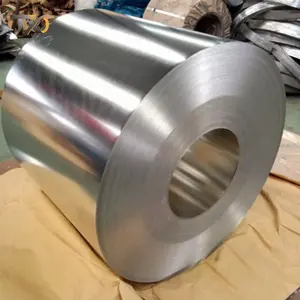



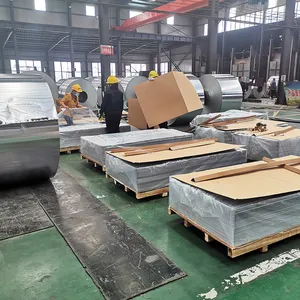





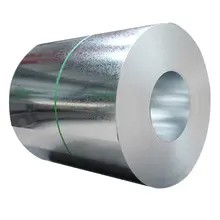





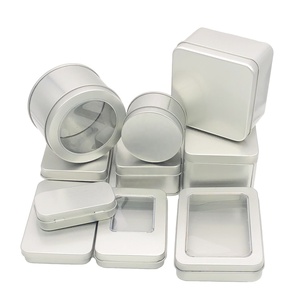
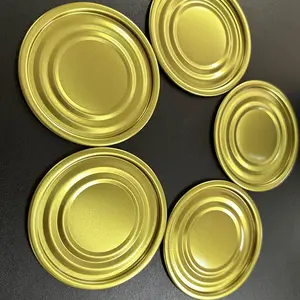
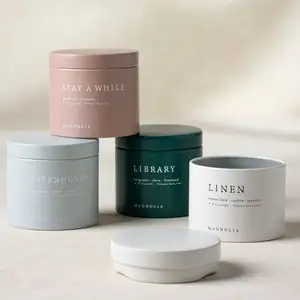















 浙公网安备 33010002000092号
浙公网安备 33010002000092号 浙B2-20120091-4
浙B2-20120091-4